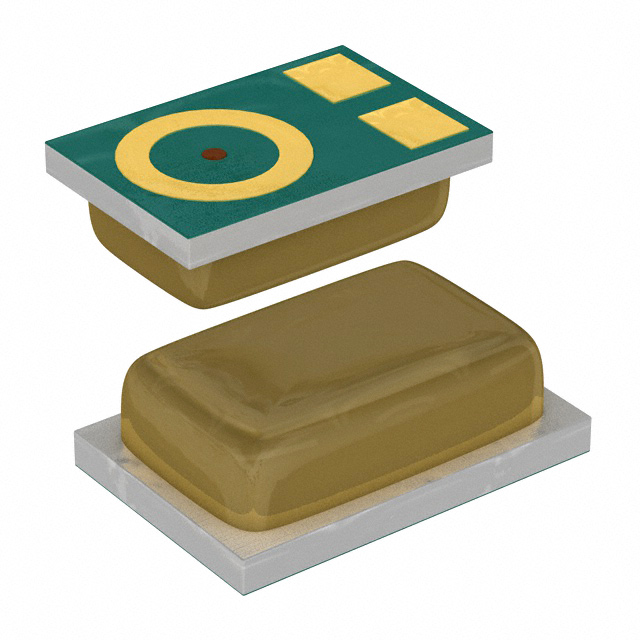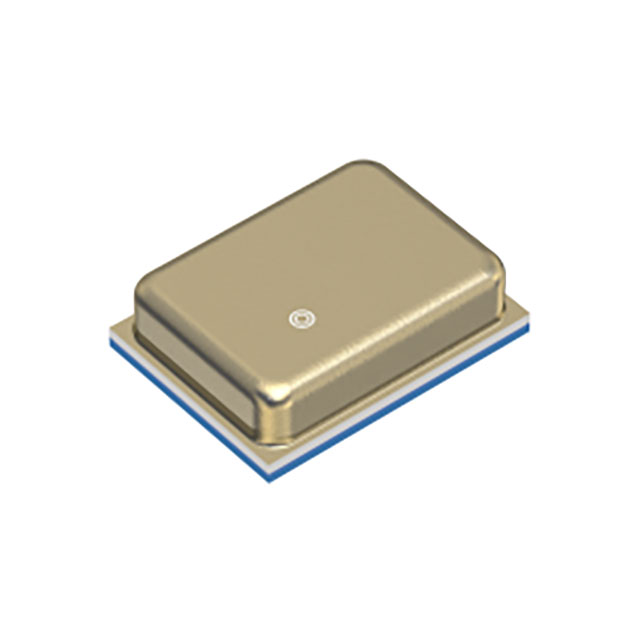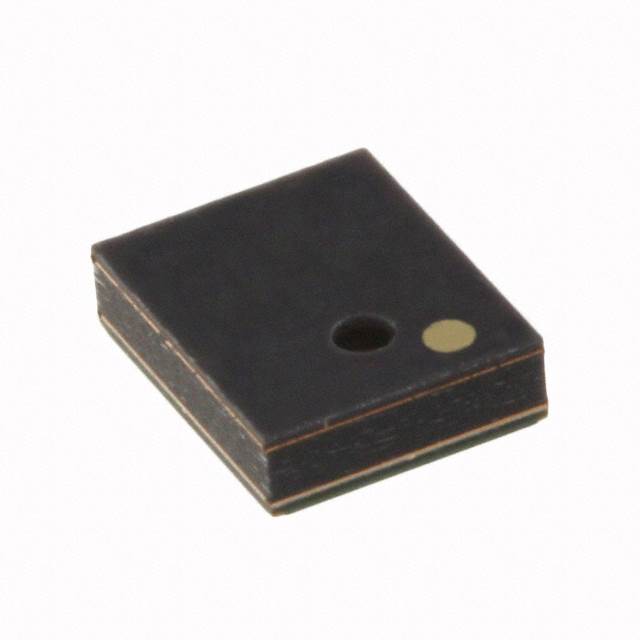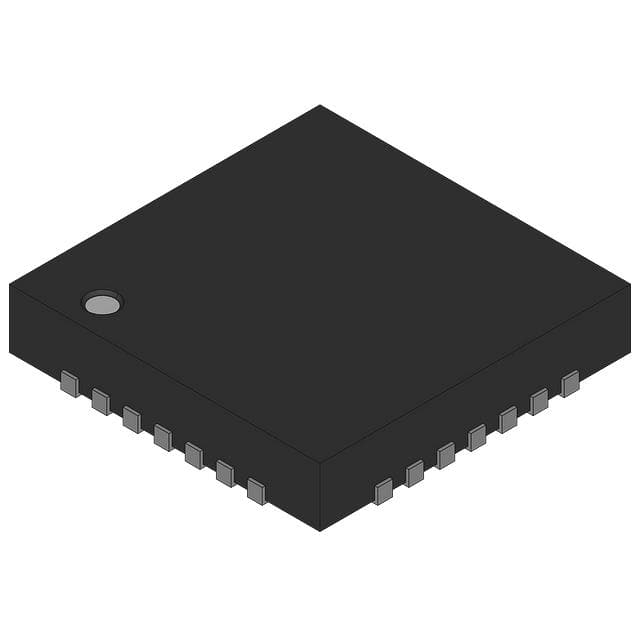Using the reference clock to realize serial communication data recovery of Cyclone10LP devices
In the non-source synchronous low-speed serial data communication scenario, the clock frequency of the communication counterpart may be biased, which may cause the data receiving end to be unable to accurately sample. In this case, the SOFT-CDR and DPA functions in the high-speed transceiver or LVDS serdes of high-end Altera devices can effectively solve this problem.
CR2032 vs CR2450 batteries: Which one is better for your device?
Many daily devices use CR2032 and CR2450 batteries because of their small size and reliable performance.
7408 Integrated Circuit: A Classic TTL (transistor-transistor logic) Type IC
The 7408 integrated circuit is a classic TTL (transistor-transistor logic) type IC, which is widely used in various digital circuits. It contains four 2-input AND gates, each with two inputs and one output, for performing logical AND operations.
What is Transistor hFE
hFE, also known as current gain or β (Beta), is an important parameter of the transistor, which represents the ratio between the base current and the collector current. It describes the gain capability of a transistor when amplifying current.
IGBT vs. MOSFET: A Comprehensive Comparison of Features
Both IGBTs and MOSFETs are important semiconductor devices that are widely used in power electronics, switching power supplies, and other high-power control systems. They can both be used to control the flow of current, but their operating principles, characteristics, and application scenarios differ.
WiFi 7 vs WiFi 6: Wireless Network Routing Comparison
WiFi 7 (802.11be) and WiFi 6 (802.11ax) are both wireless network communications standards, but they have significant differences in performance, spectral efficiency, latency, and the number of devices they support.
ENIG vs ENEPIG PCB: Explore the Difference
The choice of PCB surface finish is more than just a detail; it determines the performance and lifespan of the PCB. The versatile and robust Electroless Nickel Electroless Palladium Immersion Gold (ENEPIG) and the reliable and classic Electroless Nickel Immersion Gold (ENIG).
The automotive crystal oscillator FA-238A is the preferred choice for car Bluetooth
Epson FA-238A is a high-performance quartz crystal oscillator widely used in automotive, industrial and consumer electronics fields. It is particularly suitable for automotive-grade and high-reliability applications, with excellent temperature stability, low power consumption and high precision.
What are the differences between tantalum capacitors and ordinary capacitors
Tantalum capacitors are often used in high-precision circuits due to their high reliability, stability and small size, but due to their high price and polarity requirements, special attention should be paid to the connection polarity during design.
What is a clamping diode? Principle, function and application analysis
Clamping diodes are a common electronic component, also known as protection diodes or baropendulum diodes.
Four Common Topological Approaches to Powering LEDs
There are many topologies that can be used to power LEDs. As you probably already know, you need to first identify your design requirements before you start selecting, or you may end up with a design that is less than ideal or, worse, not guaranteed to work properly over the long term.
Regionalization Trend of Global Electronic Component Manufacturing: The Impact of Multinational Joint Ventures and Supply Chain Diversification
As global supply chain pressure increases, more and more electronic component companies are establishing production bases in places such as India and Southeast Asia, promoting the regionalization of supply chains.
US CHIPS Act 2024 in-depth implementation: How to reshape the global semiconductor supply chain and the future of technology
In August 2024, as the CHIPS Act is further promoted, the United States strives to localize the semiconductor industry and reduce external dependence. This strategic transformation is reshaping the global chip supply chain and is crucial to the future development of emerging technology fields such as AI and big data. This article deeply analyzes how the CHIPS Act reshapes the global supply chain and brings key industry impacts.
Hisense TVs sold out in Walmart on Black Friday
During this year's Black Friday promotion, Hisense TVs once again became a hot-selling product in the United States. Recently, a large number of videos of Americans rushing to buy Hisense TVs appeared on social media.
Electronic clock based on STC89C52 single chip microcomputer
Based on STC89C52 single chip microcomputer, it realizes the functions of electronic clock display and adjustment and calendar display and adjustment.
Analysis of the current status of the manufacturing industry and outlook for 2024

According to a report from ECIA, the current manufacturing environment remains stagnant, although there are some positive signs. According to a report from the Institute for Supply Management (ISM), the Purchasing Managers Index (PMI) remained at 47.2 in September, continuing to contract for six months. Although the month-on-month data for new orders and output increased slightly, they still failed to break the downward trend, reaching 46.1 and 49.8 respectively. Meanwhile, employment and price indicators also showed signs of contraction, pointing to weak demand.
Tim Fiore, head of the ISM Manufacturing Survey Committee, mentioned that due to the uncertainty caused by federal monetary policy and the upcoming election, companies are cautious about capital investment and investment in inventory, affecting overall demand.
According to analysis by Edgewater Research, Standard & Poor's (S&P)'s expectations for the manufacturing industry are relatively conservative, with PMI falling to 47.3 from 47.9 in August, showing a significant decline in orders, output and employment since June 2023. The fastest.
Looking ahead to the fourth quarter of 2024
Regarding the fourth quarter of 2024, ECIA’s latest report pointed out that the market outlook is still bleak and the recovery timetable has been delayed. Many analysts expect signs of recovery in the first half of 2025, but some believe recovery may have to wait until the second half of 2025. As inventories continue to be digested in the supply chain, the recovery process is expected to be slower throughout the year.
In specific industry analysis, September data showed that semiconductors and passive components performed poorly, with the index in both categories falling by nearly 12 points. The index for passive components fell to 93, while semiconductors remained around 100.
Among the relatively strong sectors, Electromagnetic Components remains a solid performer, with its score still above 103, although its score dropped 5 points. ECIA expects that in October, while it is expected to see improvements in the passive component category, only inductors are likely to reach the 100 standard.
The score of the overall electronic components end market increased slightly from 100 to 101.6 in September, and expectations for October are even more optimistic, with market estimates that its score may reach 112.7. The index in the industrial sector also improved significantly, rising to 115 points, and performed particularly well in a few sectors above 100.
Although many market segments will perform well in October, the mobile phone market index failed to exceed expectations of 100. Other market segments are likely to score more than 100, while the growth rate of the mobile phone market is expected to be around 20 points.
In terms of delivery time, after several months of stability, there were some fluctuations in September. Some reports showed that delivery time in the semiconductor and electromagnetic/connector fields has increased, while the delivery time of passive components has been decreasing.
To sum up, although the manufacturing industry currently faces many challenges, through continued observation of economic trends and the formulation of reasonable expectations, companies can still find potential opportunities in the future. Manufacturers and investors should stay sharp and adapt to market changes to meet future challenges.
















